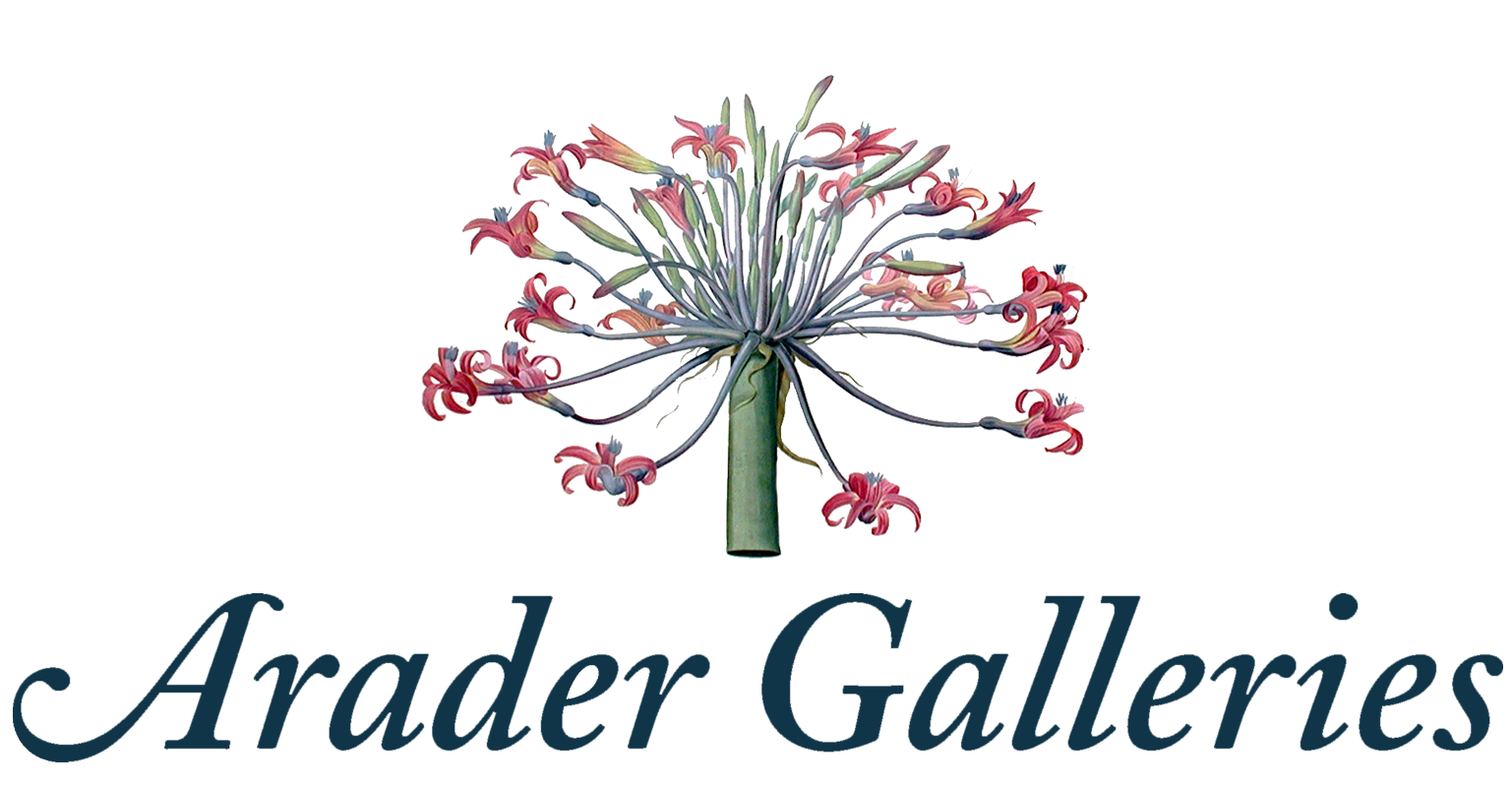Arader Galleries
John James Audubon (1785-1851), Californian Vulture, Plate 86.
Pickup currently unavailable
AUDUBON, John James (1785 - 1851).
Californian Vulture, Plate 86.
Aquatint engraving with original hand color.
London: Robert Havell, 1827-1838.
39 1/2" x 26 3/8" sheet, 45 1/2" x 32 1/2" framed.
Provenance: The Magnificent Sachsen-Meiningen Set of Audubon, uncut deckled edges.
From the magnificent Sachsen-Meiningen set of Audubon's which were originally owned by King William IV of England and was never bound and thus has full uncut margins and beautiful color.
----------------------------
"I once saw two near Fort Vancouver feeding on the carcass of a pig that had died. I have not seen them at roost. In walking they resemble a Turkey, strutting over the ground with great dignity; but this dignity is occasionally lost sight of, especially when two are striving to reach a dead fish, which has just been cast on the shore; the stately walk then degenerates into a clumsy sort of hopping canter, which is any thing but graceful. When about to rise, they always hop or run for several yards, in order to give an impetus to their heavy body, in this resembling the Condor of South America, whose well known habit furnishes the natives with an easy mode of capturing him by means of a narrow pen, in which a dead carcass has been deposited. If I should return to the Columbia, I will try this method of taking the Vulture, and I am satisfied that it would be successful" (Audubon's Ornithological Biography, 1831).
John James Audubon is without rival as the most celebrated American natural history artist. Audubon devoted his life to realizing his dream of identifying and depicting the birds of North America, and his work has had profound cultural and historical significance. In the second decade of the 19th century, he set out to travel throughout the wilderness of the United States, drawing every notable species of native bird. His remarkable ambition and artistic talent culminated in the publication of the monumental Birds of America in 1827-38, a series of 435 aquatints that have only grown in fame since the time of their first appearance. This work established Audubon as an early American artist who could attract European attention, and for many, he personified New World culture and its emerging independent existence.
Audubon was born in Haiti, the illegitimate Creole son of a French sea merchant and a local chambermaid. He was raised in France until 1803, when his father sent him to the United States to avoid being drafted into the Napoleonic wars. There he started what proved to be a long run of unsuccessful schemes. He tried to run a lead mine in Pennsylvania. It folded. After marrying, he opened up a store in Louisville and it, too, went under. He started a steamboat line, and it led him into bankruptcy. By then he was 35 and, he admitted to his wife, a failure.
But throughout his life he nourished a passion for the study and illustration of bird life. At the time, marketing was not as unlikely an endeavor for Audubon as it might seem today. It was a respectable, if somewhat chancy, business, and natural history was a popular subject; in fact, Audubon faced considerable competition. He had little formal training in art and even less in ornithology, but what he lacked in experience he made up for in braggadocio. He pursued his birds with an unusual passion for accuracy and painterly beauty, a fervor caused as much by desperation as by scientific and aesthetic high-mindedness. For years he tracked his subjects to the known edges of the country; the journals he kept along the way are a literary achievement in themselves. By his death in 1851, he had completed 584 individual studies, 435 of which appeared in The Birds of America.


